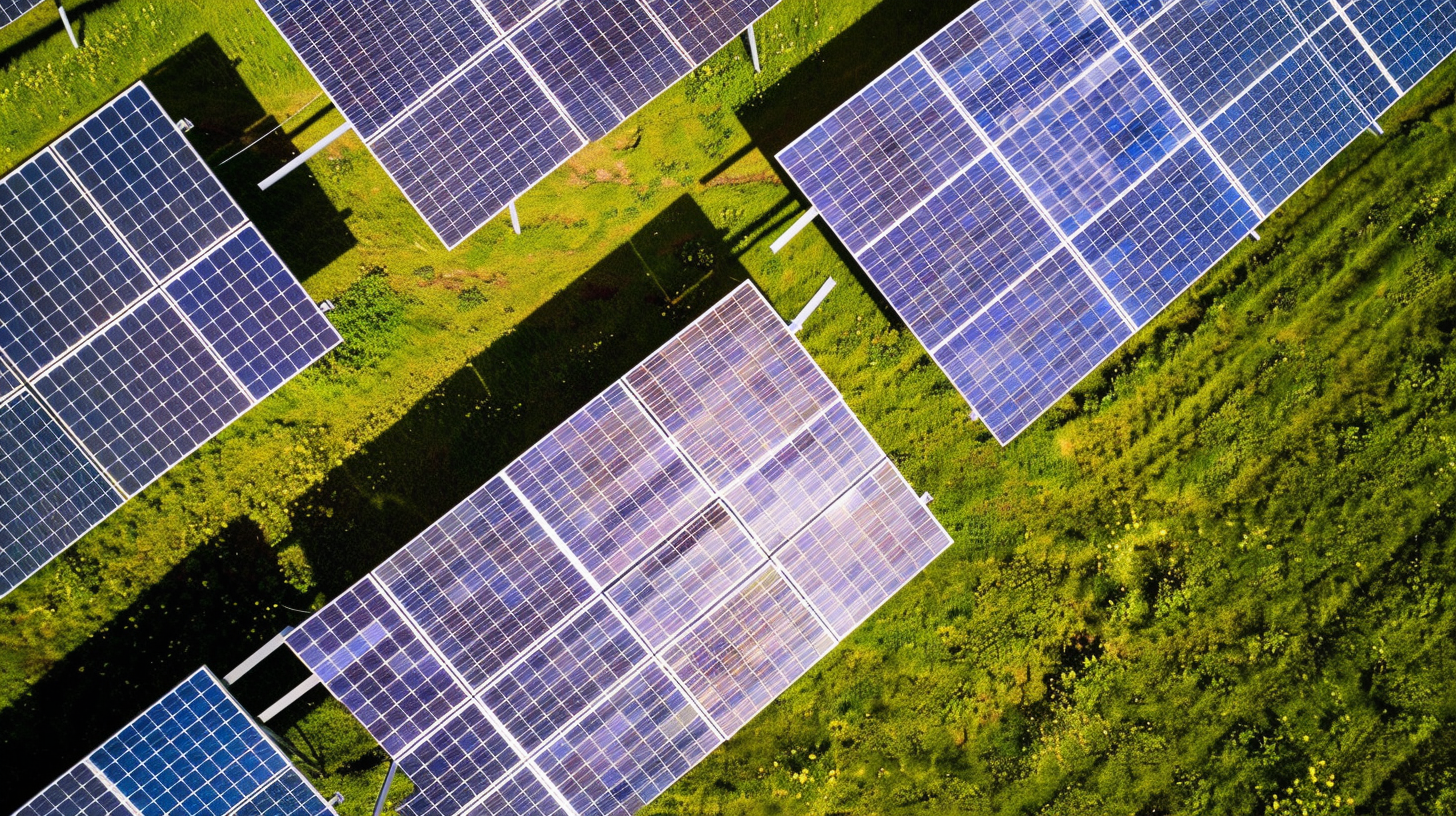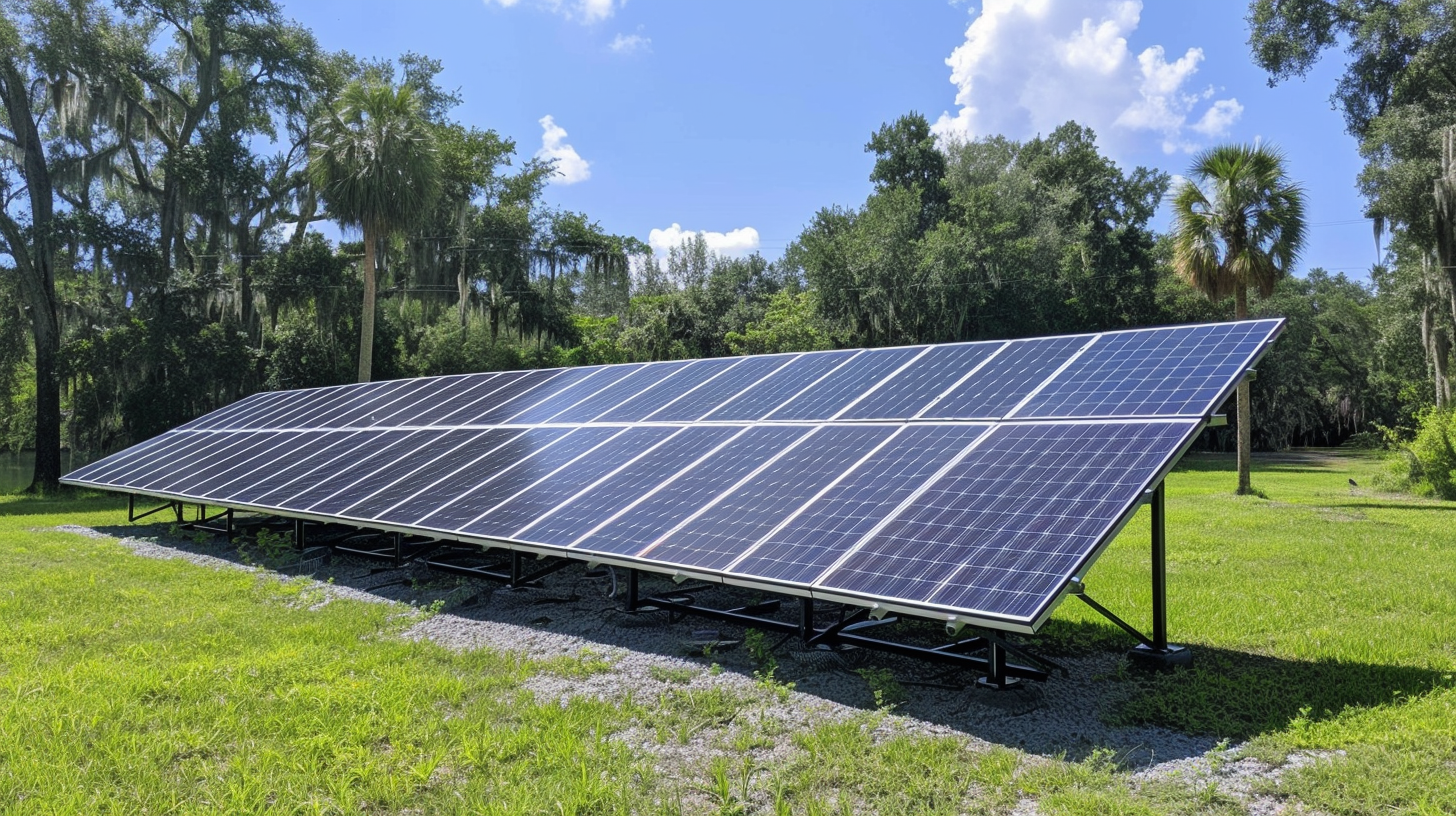Solar energy companies saw their stocks tumble on Tuesday following a draft Senate proposal that would accelerate the expiration of wind and solar tax credits—years ahead of the current schedule. The news has rattled investors and sent shockwaves through the renewable energy sector, raising fears of layoffs, bankruptcies, and a major disruption in project development.
Shares of Sunrun (RUN), the largest residential solar installer in the United States, collapsed over 40%, while SolarEdge Technologies (SEDG) plummeted more than 30%, and Enphase Energy (ENPH) fell nearly 25%. These losses came amid broader market gains, highlighting the severity of the impact specific to clean energy firms.
The Senate’s version of the Trump administration’s new tax bill proposes sunsetting tax incentives for wind and solar by 2028, four years earlier than under current law, which sets the expiration for 2032. Notably, the bill preserves tax breaks for other energy sources—such as hydropower, geothermal, and nuclear—through 2036, raising concerns about an uneven playing field.
The proposal caught investors off guard, especially after recent lobbying efforts suggested that the Senate might resist the aggressive clean energy rollbacks passed by the House in May. Instead, the Senate draft goes even further in some areas, phasing down incentives as early as 2026.
While the bill does include a provision allowing the residential solar credit to expire 180 days after enactment rather than at the end of 2025, analysts say the adjustment is too minor to ease investor fears.
Some early fallout is already visible. Solar financing firm Mosaic recently filed for Chapter 11 bankruptcy, and residential solar provider Sunnova Energy (NOVA) has begun restructuring efforts. Analysts expect more turbulence ahead if the bill is passed in its current form.
The sector has faced multiple headwinds in 2025, including high interest rates that make financing large-scale projects more expensive. President Trump’s return to office has also stoked concerns, with his administration pivoting sharply away from green initiatives and leaning into fossil fuel policies.
Still, not all recent policy news has been negative. The Department of Commerce recently announced tariffs exceeding 3,500% on solar panel imports from Southeast Asian countries—a move designed to bolster domestic manufacturing. However, these protectionist policies may not be enough to offset the demand shock from reduced federal support.
Despite a brief rally earlier this year driven by hopes for bipartisan support of clean energy, the Invesco Solar ETF (TAN) is now down more than 4% year to date, underscoring the sector’s fragility.
As the tax bill moves forward, investors and industry leaders will be watching closely. Without significant changes, the proposed legislation could mark a dramatic shift in the trajectory of America’s clean energy ambitions.


